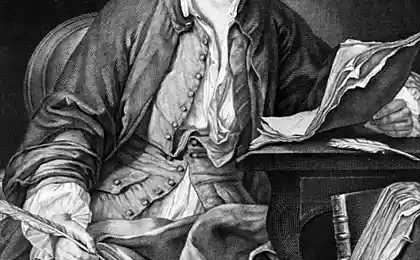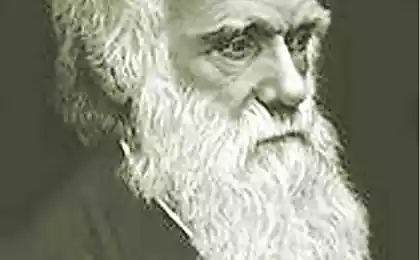1558
University professor turned to Sir Ernest Rutherford, President of the Royal Academy and the Nobel Prize in Physics for help.

University professor turned to Sir Ernest Rutherford, President of the Royal Academy and the Nobel Prize in Physics for help. He was going to put the lowest rating on the physics of one of his students, while he claimed that a perfect score. Both teachers and students - - agreed to rely on the judgment of a third party, disinterested arbitrator, who became Rutherford. Read the examination question: "Explain how to measure the height of the building with the aid of a barometer?».
The student had answered: "Take the barometer to the roof of the building to pull down the barometer on a long rope, and then bring it back and measure the length of the rope, which will show the exact height of the building '.
The event was really difficult, because the answer was absolutely full and faithful! On the other hand, the exam was in physics, and the answer had little to do with the application of knowledge in this area.
Rutherford suggested that the student try to answer again. Giving him six minutes to prepare, he warned him that the answer should show some knowledge of physics. After five minutes the student has not written anything sheet. Rutherford asked him if he gives up, but he said that he has several solutions to the problem, and he just chooses the best.
Intrigued, Rutherford asked the young man to begin to answer without waiting for the allotted time. New answer to the question was: 'Take the barometer to the roof and throw it down, measuring the fall. Then, using the formula, calculate the height of the building '.
Rutherford then asked his colleague teacher if he was satisfied with this answer. He finally gave up, admitting satisfactory answer. However, a student mentioned that he had other answers, and he was asked to open them.
- There are several ways to measure the height of the building with the aid of a barometer, - said the student. - For example, you can go outside on a sunny day and measure the height of the barometer and its shadow, and measure the length of the shadow of the building. Then, deciding simple proportion, determine the height of the building.
- Not bad, - said Rutherford. - There are other ways?
- Yes I Am. There is a very simple way, which, I am sure you will enjoy. You take the barometer in the hands and climb the stairs of the barometer along the wall and making a mark. By counting the number of marks, and multiplying it by the size of the barometer, you will get the height of the building. It is quite obvious method.
- If you want a more sophisticated way - he continued - that tie the barometer to a string, swing it as a pendulum, and determine the value of gravity at the base of the building and on its roof. From the difference between these quantities, in principle, it is possible to calculate the height of the building. In this case, however, tied to barometer lace, you can climb to the roof of your pendulum and swing it to calculate the height of the building over a period of precession.
- Finally - he concluded - there are many other ways to solve this problem, the best, perhaps, is this: Take the barometer with you, find the manager and tell him: "Mr. Manager, I have a wonderful barometer. It's yours if you tell me the height of this building ».
Rutherford then asked the student if he really did not know the conventional answer to this problem. He admitted that he did, but said that fed up with high school and college instructors trying to teach him how to think.
The student was Niels Bohr (1885 - 1962), the Danish physicist and Nobel laureate 1922























